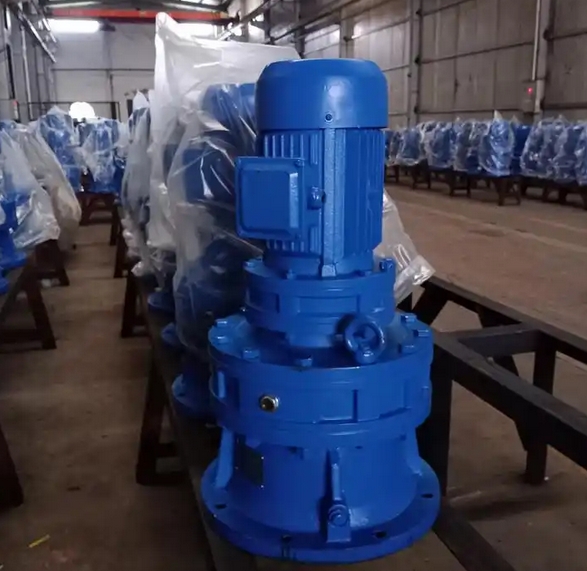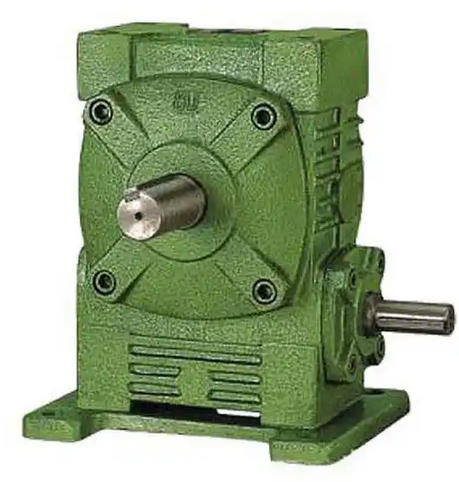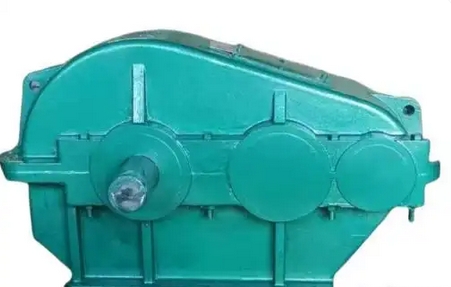What are the reasons for excessive vibration during load debugging of BLED120-187-1.1KW cycloidal reducer
The excessive vibration during load debugging of BLED120-187-1.1KW cycloidal reducer may be caused by the following reasons:Installation and connection issues
Loose foundation bolts: Long term operation may cause loose or damaged foundation screws, resulting in unstable fixing of the reducer and vibration during load debugging.

Coupling failure: Improper installation of the coupling, excessive wear of the column pin, or damage due to oil leakage, loose screws, etc., can cause problems in the connection between the reducer and the connected equipment, resulting in unbalanced force and vibration.
Motor installation issue: The motor screws are loose, and the motor vibration will be transmitted to the gearbox, causing the gearbox vibration to increase.
Internal component issues
Gear damage: Gear surface wear, bonding, pitting, wear deviation, protrusion, tooth breakage, or improper fit between gear and shaft, such as large interference fit, inappropriate fit tolerance, loose assembly, etc., can all affect the normal meshing of gears and cause vibration.
Bearing wear: Bearing wear or excessive bearing clearance, such as grinding the rolling elements of rolling bearings into rough surfaces, damaging the fixing frame, severe wear of sliding bearing alloys, partial or complete melting, can cause vibration of the gearbox body.
Shaft deformation: If the strength and hardness of the shaft are lower than the requirements, or if it deforms due to long-term aging or external impact, it will cause the gearbox to lose balance and produce vibration.
Load and working environment issues
Excessive load: When debugging, if the load exceeds the rated load of the gearbox, it will cause excessive pressure on the gearbox, leading to increased vibration.
Resonance: The working frequency of the reducer is close to the natural frequency of the equipment itself or the surrounding environment, which may cause resonance and abnormally increase vibration.
Lubrication issues
Insufficient or poor quality lubricating oil: Insufficient or poor quality lubricating oil, or performance that does not meet requirements, can increase friction between parts, leading to increased vibration, and may also cause other problems such as heating.
In addition, the machining accuracy of the gearbox itself is low, such as large form and position tolerances of key components, poor surface smoothness, etc., which may also cause significant vibration of the gearbox during load debugging.



